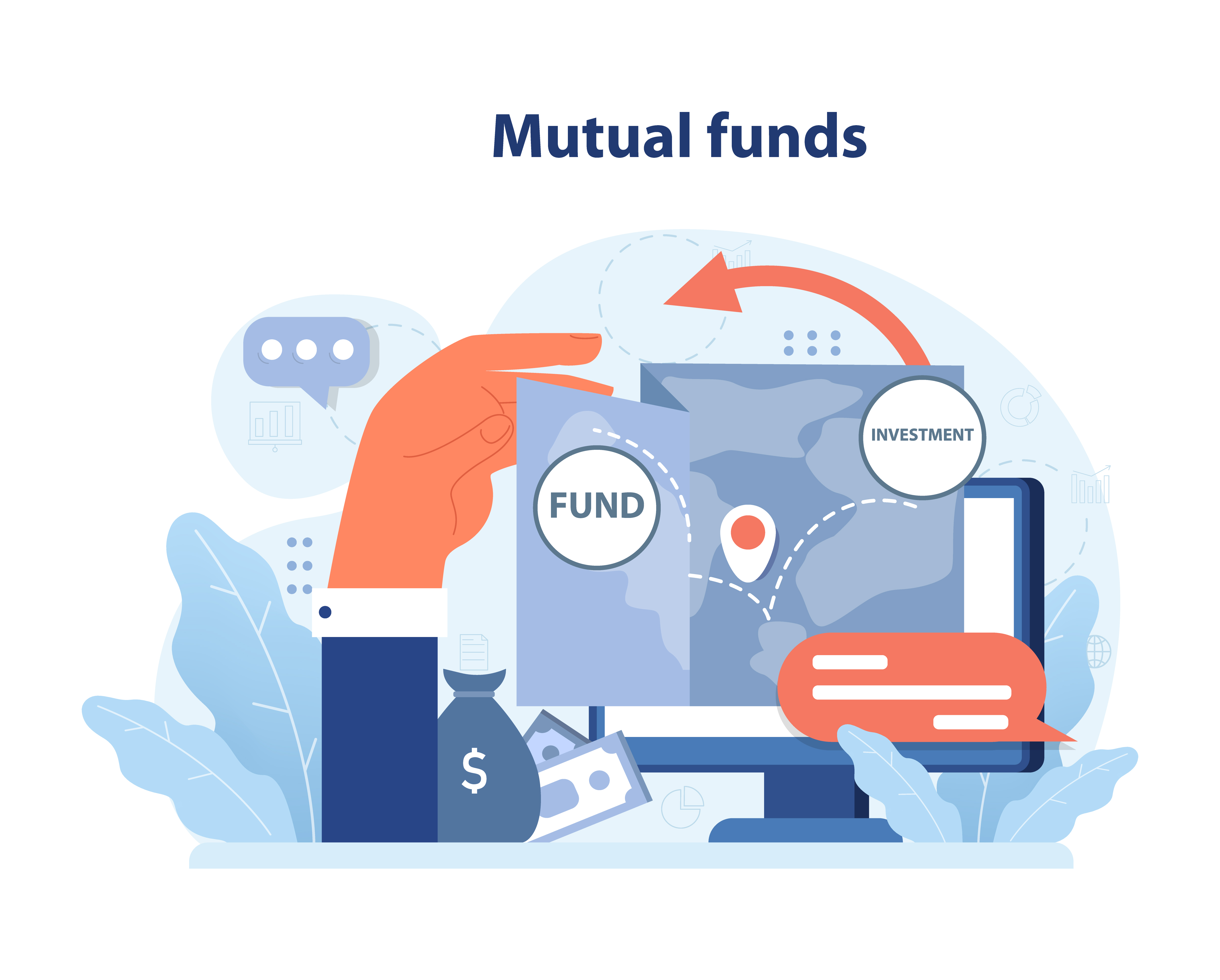

Investment management is a combination of an art a and a science. Considering the variety of investment products and opportunities available in the market, managing even a single investment is a difficult task. Portfolio management, a systematic approach to reaching your financial objectives by carefully monitoring a collection of assets, investments (in short money), might help with that. Let’s analyse portfolio management’s definition, significance, and operation.
What is Portfolio Management?
- The strategic process of choosing, managing, and supervising a group of financial assets, including stocks (shares), bonds, debentures, mutual funds, and other investments such as property, gold, in order to achieve particular financial objectives is known as portfolio management.
- It is nothing but a creating a well-balanced portfolio (basket) of assets that will enable you to maximize profits while controlling risks in accordance with your time horizon and personal preferences. Further, it ensures that you can access the money whenever you want.
- To put it simply, managing a portfolio is like to gardening. Every investment is like a plant, and the portfolio manager is like the gardener, caring for each one while keeping an eye on the whole thing to make sure it develops into a lovely landscape over time.
What are the Types of Portfolio Management?
Portfolio management is not common for all investors. Different types of investors based on needs require different investment portfolio:
- Active: When it comes to Mutual Funds, the aim of active portfolio management is to manage the fund actively and to generate higher returns than a particular market index (such as Sensex, Nifty, etc). This strategy implies actively purchasing and selling financial assets. Fund Manager makes prompt decisions that boost returns and continuously tracks on business fundamentals, market movements, and economic developments.
- Passive: On the contrary to active portfolio management, Passive Managers just mirror (tracks) a market index, like the Sensex/Nifty, by holding a similar portfolio of assets. The idea is to achieve at least market returns with minimal expenses and less intervention, making it popular among long-term investors. It means HDFC Large Cap Fund is a Actively Managed Fund whereas HDFC Sensex Fund Passive Fund which will mirror 30 stocks that is there in Sensex.
- Discretionary: In this case, the portfolio manager has the power to decide on investments for the investor without requiring consent for each transaction. This strategy works well for investors who would rather stay out of the day-to-day decision-making process. At times investors just allow portfolio managers to manage the money on their behalf and they don’t involve in the process.
- Non-Discretionary: On the contrary, in this type, the manager suggests the investment, but the investors have the final say on investment decisions. It’s ideal for investors who want guidance but prefer to maintain control.
The Process of Portfolio Management:
Although every portfolio manager might choose a different approach, a procedure usually consists of the following steps:
- Evaluating Risk Aptitude and Financial Goals: Knowing what the investor expects to accomplish and how much risk they are ready to accept is the first step. Are they accumulating wealth, purchasing a home, children education or saving for retirement? Using this information, portfolio managers may customize strategies to fit the goals of investors.
- Asset Allocation: The basic principle of portfolio management is asset allocation. To balance risk and return, it entails distributing and investing among different assets types, such as stocks, debentures, bonds, gold, cash, real estate, etc. For instance, a retiree may have a preference for bonds, but a youthful investor may have a larger stock allocation.
- Investment Selection: In this case, the portfolio manager chooses certain investments from among all asset classes. They consider things like industrial growth, financial performance, and the state of the economy. For instance, investing in a young tech firm carries a higher risk but may provide larger rewards.
- Diversification: Spreading risk by owning a range of investments is the secret to a balanced portfolio. An investor might lessen the impact of unsatisfactory performance in any one area by holding a variety of assets from different businesses and geographical areas.
- Monitoring and Rebalancing: After investments are made, portfolio management continues. As markets shift, it’s critical to periodically assess and modify the portfolio. To keep the portfolio in line with the investor’s objectives, rebalancing is carried out. To keep things balanced, a manager could sell some stocks and purchase more bonds if equities do better than bonds.
Why Portfolio Management is Important?
More than merely increasing wealth and returns, portfolio management is an essential device for assisting investors in reaching their specific financial objectives while avoiding needless risk. This is why it’s crucial:
- Management of Risk: Portfolio management lowers exposure to high-risk circumstances by diversifying investments and developing a well-organized plan.
- Investment according to Financial Goals: By preventing emotions and market noise from causing rash judgments, portfolio management makes sure that investments represent the investor’s short- and long-term objectives.
- Tax Efficiency: By minimizing needless tax obligations, investors may keep a larger portion of their profits through tax-optimized solutions, which will lead to lower taxes.
- Peace of Mind: If investors knows that their investments are well organized and goal aligned, they are likely to be peaceful as far as finances are concerned.
What are the ways to manage your Portfolio?
The good news is that portfolio management has never been easier thanks to products like robo-advisors, which employ computers to handle your assets, and financial advisors. Here are several methods to begin:
- Do It Yourself Approach: You can handle your portfolio on your own if you understands market & finance, informed and self-assured in your financial abilities.
- Professional Financial Advisors: These professionals can provide you with customized portfolio management that is catered to your needs, handling everything from asset allocation and risk assessment to continuous monitoring.
- Robo-Advisors: Online platforms provide algorithm-based automatic portfolio management, which makes them an affordable choice for investors who prefer to keep a low profile.
Conclusion:
Creating a financial plan that suits your individual financial objectives, risk tolerance, and time horizons is the essence of portfolio management. Knowing the fundamentals may help you make better financial decisions and eventually get closer to your goals easily, whether you decide to handle it yourself or seek expert assistance.
Ultimately, managing a portfolio is about constructing a future, not just generating riches. No matter where they are in their path, everyone can move toward financial stability with careful preparation, diversification, and frequent assessment. Thus, adopt a portfolio manager’s mindset and observe how your financial garden grows!
.png)


.jpg)



